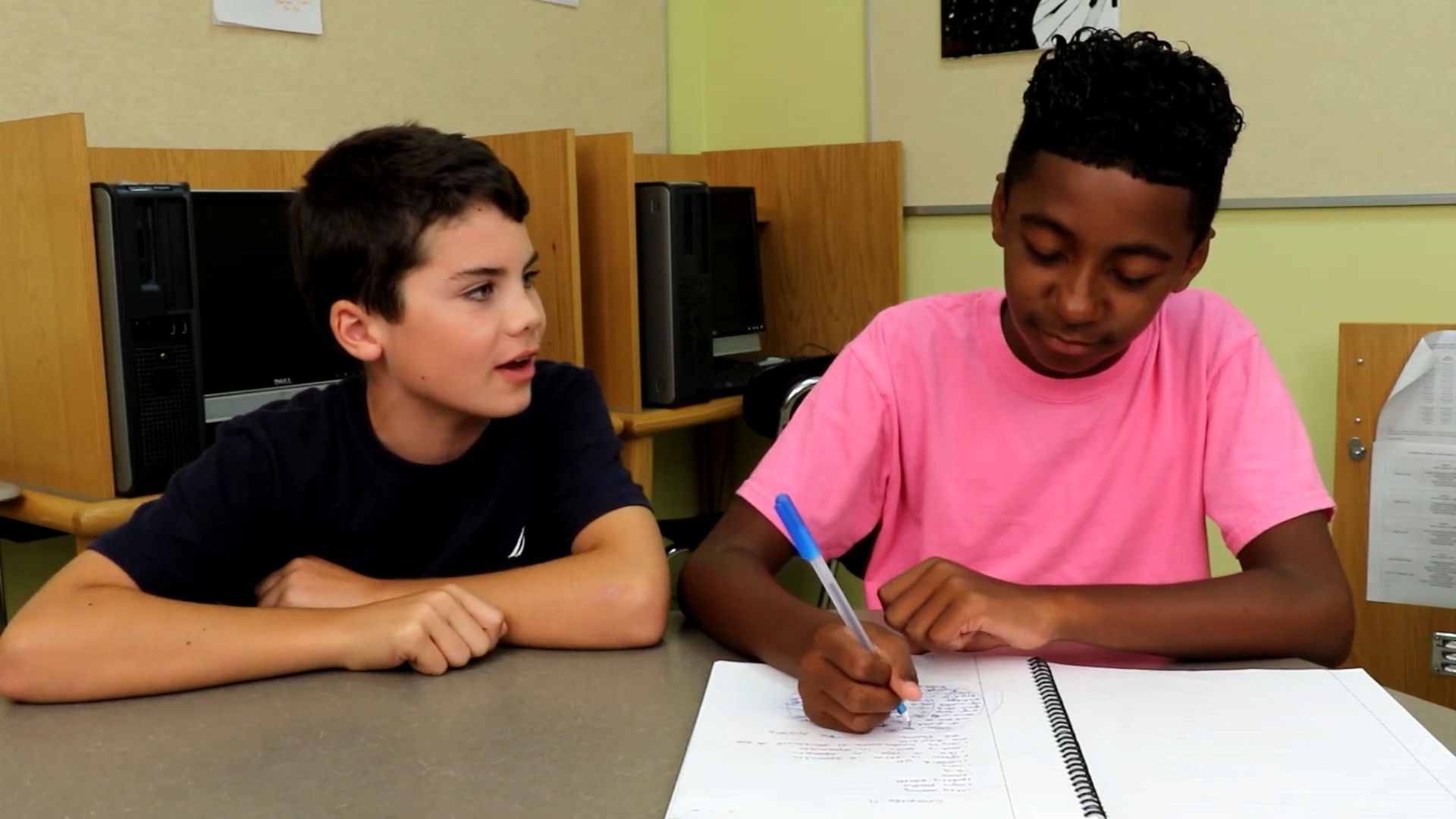
Introduction
Communication is an essential skill for students to develop in order to navigate social situations effectively. However, not all communication is direct. Sometimes, people convey their intentions or desires in an indirect manner. This can be due to a variety of reasons, such as feeling shy or uncomfortable expressing their thoughts outright. In this blog post, we will explore an activity that helps students understand indirect communication, followed by discussion questions and related skills. We will also provide information on how to access free sample materials for further learning.
No-Prep Activity
This activity will help students practice recognizing and responding to indirect communication. It requires no preparation or materials from the educator, making it an easy and effective way to incorporate this essential skill into your teaching.
- Divide the class into pairs. In each pair, one student will be the “Speaker” and the other will be the “Listener.”
- Provide a list of scenarios where indirect communication might be used. Some examples include asking for help, inviting someone to an event, or expressing a need for support.
- Have the Speaker choose a scenario and communicate their intentions indirectly to the Listener. The Listener should then try to determine the Speaker’s true intentions based on the indirect communication.
- Afterward, have the pairs switch roles and repeat the process with a new scenario.
- Once all pairs have completed the activity, facilitate a class discussion about the challenges and strategies involved in understanding indirect communication.
Discussion Questions
Use these questions to stimulate further discussion and reflection on the topic of indirect communication:
- Why do you think people might choose to communicate indirectly rather than directly?
- What strategies can you use to recognize when someone is communicating indirectly?
- How can understanding indirect communication help you in social situations?
- How might you respond to someone who is using indirect communication to express their needs or desires?
- Can you think of a time when you used indirect communication? Why did you choose to do so?
Related Skills
There are several other social-emotional learning skills that can complement the understanding of indirect communication. These include:
- Active listening: Paying attention to verbal and nonverbal cues to better understand the speaker’s message.
- Empathy: Putting oneself in another person’s shoes to understand their feelings and perspectives.
- Assertiveness: Expressing one’s own needs and desires in a respectful and direct manner.
- Conflict resolution: Addressing disagreements and finding solutions that benefit all parties involved.
Next Steps
To continue developing your students’ skills in understanding indirect communication and other essential social-emotional competencies, we encourage you to explore free sample materials available at Everyday Speech. These resources can help you create engaging lessons and activities that promote healthy social development in your classroom.

